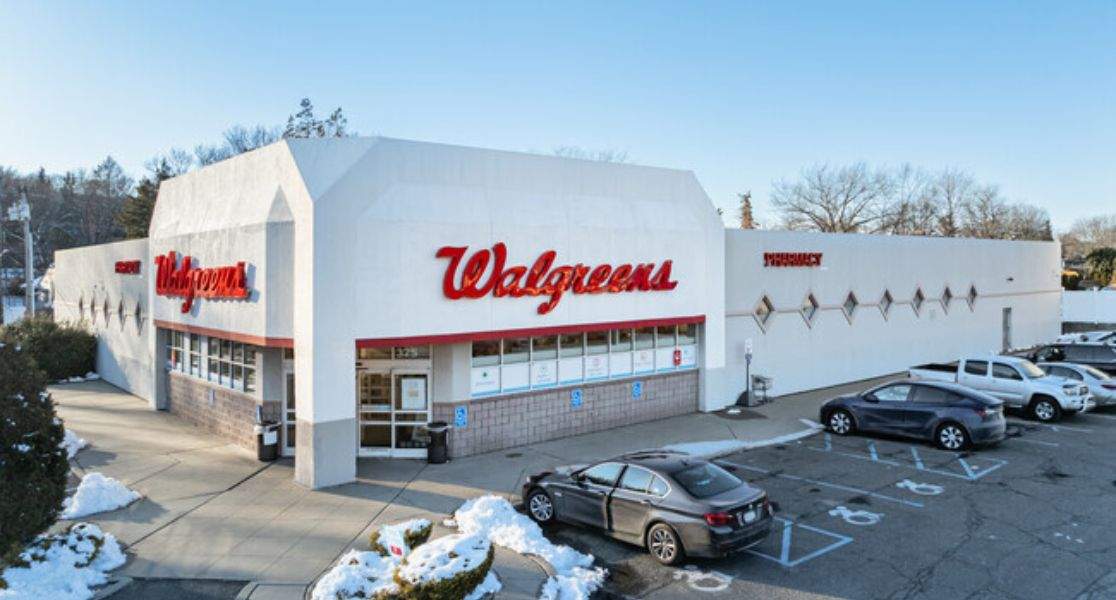Social Media has created a significant shift in how we communicate with one another. It has become a digital equalizer; small and large companies alike can build their brands, grow and expand their businesses and connect with their clients online via social media outlets.
How Does Social Media Differ From Traditional Marketing?
Traditional marketing involved identifying a target market, crafting a compelling message and “pushing” it out via channels that would reach only a specific audience. Typical strategies included advertising, commercials, brochures, direct mail, billboards, and flyers.
But brands must now figure out how to “pull” clients and customers to relevant content instead of “pushing” content to them.
The entire communication landscape has changed from a “pushing” to a “pulling” of client and customer’s attention. Now, users who are interested in a company or a brand can subscribe to its email-campaigns, read its blog, “friend” it on Facebook, follow it on “Twitter” and so forth.
The brand’s content is thus organically “pulling” clients and consumers toward it rather than “pushing” branding, marketing, and advertising to them. The new challenge is for companies is to produce, craft, and curate relevant, interesting, easily-accessible content that their clients find useful.
Commercial Real Estate Moving to Online Marketing
Yes, historically the commercial real estate industry has relied on long-standing methods such as in-person networking, email, physical mailing, and face-to-face interaction. However, in order for you to get that face-time, and no, we’re not talking about the iPhone capability, you need to have a connection.
Sales calls used to be the way to start the conversation but today, the conversation can truly start on social media. Commercial real estate brokers and companies are slowly shedding their aversions to social media platforms and are engaging more frequently and consistently in online marketing, information gathering, and client building via social media, in hopes that one day it will lead to deals and dollars.
But, keep in mind that social media is not the place to focus on selling; it’s the place to market yourself and your brand, and to closely connect with the community around you. Always remember that your reputation is your brand.
Social media should be seen as an inroad to establishing new online relationships and as a bridge to building offline relationships.
There are five main social media platforms that will contribute to your brand awareness and client relationships: LinkedIn, Twitter, Facebook, Instagram and Blogging.
Five Social Media Means to Increase Brand Awareness
Launched in 2003 as a business-oriented social media platform, LinkedIn currently has more than 600 million members across more than 200 countries, making it the largest online professional networking website. Executives from all of the Fortune 500 companies have profiles on LinkedIn.
LinkedIn has been referred to as a “live Rolodex,” brand builder, professional database, personalized marketing platform and social networking channel.
LinkedIn gives companies and individuals the ability to build a digital brand by demonstrating expertise, experience and talent through their posts and connections.
On LinkedIn your profile becomes a showcase for your professional expertise. You can post links to articles or blogs you’ve written, relevant news stories, and other articles that bring value to your clients.
LinkedIn is also a valuable research tool. Researching someone via LinkedIn often unveils a wealth of information that could assist you in rapport building and connection making – it is the easy pass of information.
Launched in 2006, Twitter is a social networking and micro-blogging site that enables users to send and read tweets that are limited to 280 characters each, allowing a connection with companies and individuals that are outside of their network to further expand their brand’s awareness.
Currently, more than 330 million registered users post more than 400 million tweets per day!
For commercial real estate usage, these tweets can be links to industry news or local happenings affecting the real estate markets. But in order for your Twitter to gain traction and be useful to growing your brand, tweets must be current, relevant, and interesting.
Also very important to note, Twitter has also demonstrated the highest capacity for driving traffic directly to websites.
Started in 2004 as a closed online community for college students, Facebook now has over 2.4 billion users. While many see Facebook as the most personal, used to share family pictures or updates with friends, the lines between the personal and the professional have blurred.
This is especially in commercial real estate, an industry built on networking and relationship building. More than 400 of Fortunate 500 companies have corporate Facebook pages.
Also, because Facebook posts can be longer, it has also become an effective way to share information, especially with the use of Pages, which is Facebook’s way of helping you to create your own personal company or brand awareness.
Launched on October 6th, 2010 as a visual platform, Instagram has largely transformed from the platform it began as. Instagram began as a platform for individuals to share selfies, shoot pictures of their dinner, and showcase their daily lives.
As Facebook acquired the platform in 2012 the platform began to see huge shifts from then on.
Currently used by 1 billion monthly users, Instagram has grown immensely. Presently, Instagram is widely used by businesses and entrepreneurs to market their brand, attract new leads, and to sell products.
For the commercial real estate industry, Instagram may not be seen as strong as a platform LinkedIn or Twitter due to it’s visual and “artsy” nature. The truth is Instagram is also a great platform for CRE professionals.
Blogging
A blog is a website designed to facilitate self-publishing with an interactive element. The intent of a blog is sharing information and conversing by either crafting original content or curating existing content.
The world currently has over 500 million blogs. Because of all the at-your-fingertips information via social media platforms, we sometimes experience an overload of marketing and online messaging and find ourselves searching for one specific place that we can find compelling and relevant content without all of the chatter; blogs can offer that specific filtered content.
However, blogging does take an ongoing commitment and the largest investment of time out of the five social media platforms discussed in this article, but when blogging is done right, can position you to become the Subject Matter Expert (SME), or the go-to thought-leader in your area of expertise.
How to Leverage Social Media for Commercial Real Estate
Now that we’ve discussed five popular social media and online platforms for marketing your brand. Let’s discuss some content ideas to “pull” your clients in.
1. Create, Share, & Discuss Market Insights
Insights on how the commercial real estate market is performing is invaluable information for your peers and clients. There are tons of research firms out there like Calkain, The Boulder Group, and more that provide data for us.
Leveraging this data into short videos, visually appealing graphs or charts, and discussing it on social media networks is a great way to create conversation. For example, look at our LinkedIn post below.
2. Discuss News Relevant to Your Industry Area
Discussing national news is also a great way to start conversation but if you operate in a specific niche, the more relevant, the better. For example, we operate on Long Island (New York). We always stay updated on changes or trends happening in that area, relevant to commercial real estate.
Here’s a post we did discussing new breweries tapping into Long Island’s commercial real estate market.
3. Common Questions/Topics, & Comparisons in Commercial Real Estate
Sometimes the best content are ones that are simple in concept. A lot of beginners and novice individuals in commercial real estate ask questions that are simple.
A great way to brainstorm common questions is to do a Google search and see what suggestions pop up. Google’s auto suggestions are common similar questions other people search.
Another way to brainstorm ideas to write about is to use answerthepublic.com. This site is a free tool to come up with content ideas, all you have to do is enter a few keywords of your topic.
Here’s an example of a blog that details the pros of commercial real estate vs. residential real estate.
Conclusion
The way we used to know marketing has quickly changed. With the huge emergence of social media and other online marketing platforms, if you haven’t already began adapting, you must begin now. Each year social media is becoming a stronger tool for businesses to connect with customers/clients, and build new relationships. How will your business use social media?









